The Kingdom Come: Deliverance games are known for their historical accuracy. But did you know that many of the characters in the game are based on real-life historical figures?

Ever wondered if the characters from Kingdom Come: Deliverance 1 and 2 actually existed?
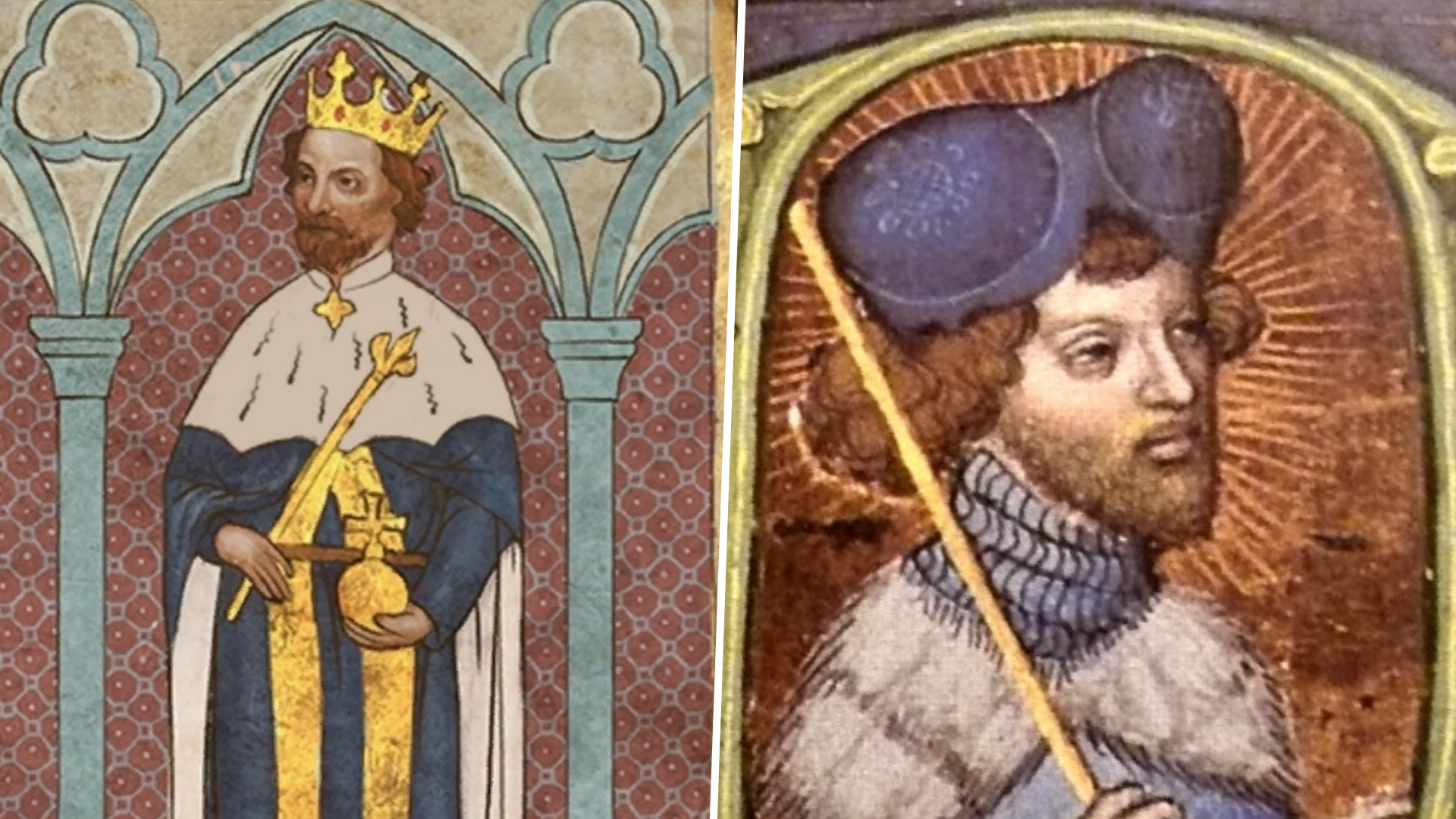
Wenceslaus of Luxembourg (1361–1419), also known as "the Idle," was the King of Bohemia and King of the Romans, but his reign was marked by political instability.
His hesitant and often negligent behavior led to conflicts with the nobility and a power struggle with his half-brother, Sigismund. His alcoholism and unpredictable temperament ultimately contributed to his deposition. He spent his final years in seclusion in Prague and died in 1419, shortly after the First Defenestration of Prague, which preceded the Hussite Wars.
© Wikipedia/Warhorse
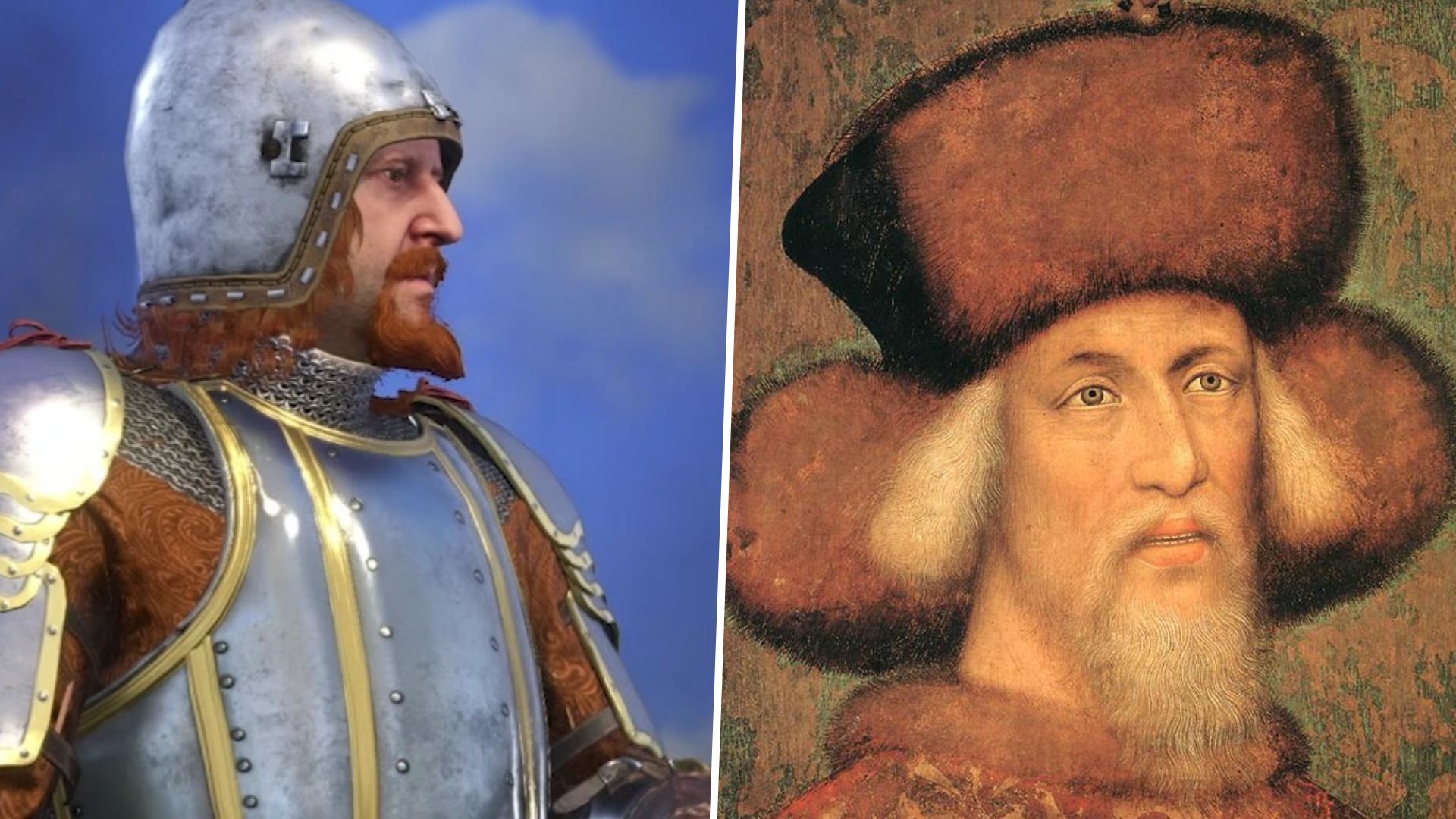
Sigismund (1368–1437), also known as "the Red Fox," was the King of Hungary and later the Holy Roman Emperor.
He is infamous for his invasion of Bohemia, where he positioned himself as an enemy of his brother Wenceslaus and ravaged large parts of the country with his mercenary forces. His political cunning made him a skilled but also ruthless ruler. After years of struggle against the Hussites, he finally secured the Bohemian crown in 1436 but died a year later without having resolved the religious tensions within the empire.
© Wikipedia/Warhorse
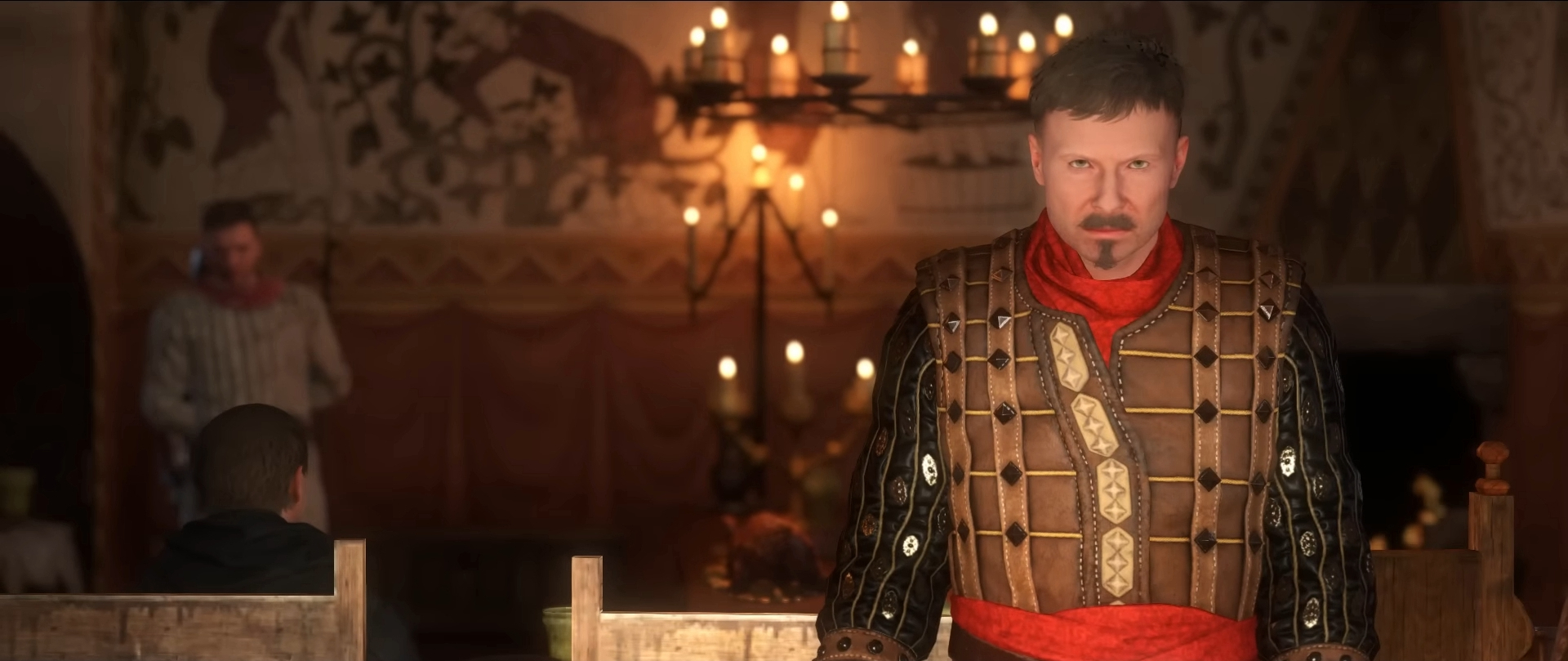
Racek Kobyla of Dvojice was a 14th and early 15th century Bohemian nobleman who served as the royal overseer of the silver mines in Stříbrná Skalice (Skalitz).
In 1403 he was forced to flee Skalitz from Sigismund's troops, allegedly leaving behind only an old woman and a pig. He later became the burgrave of Vyšehrad and supported the Hussite movement. In 1412, he built a castle overlooking the Sázava River before being murdered in Kuttenberg in 1416 after a preacher incited miners against him.© Warhorse

Jan Ptáček of Pirkštejn (c. 1388–1419) was a Bohemian noble and lord of Rataje nad Sázavou (Rattay) and Polná. After the death of his father, Jan Ješek Ptáček of Pirkštejn, he was initially under the guardianship of Henry III of Leipa and later of Henry’s son, Hanuš of Leipa, until he took over the administration of his estates in 1412.
During the Hussite Wars, he sided against the Hussites and fought under the command of Peter of Sternberg in the Battle of Živohoště in 1419. He likely died later that same year, and his son, Hynce Ptáček of Pirkštejn, succeeded him in 1420. Unfortunately, he did not seem to have a best friend named Henry.
© Warhorse
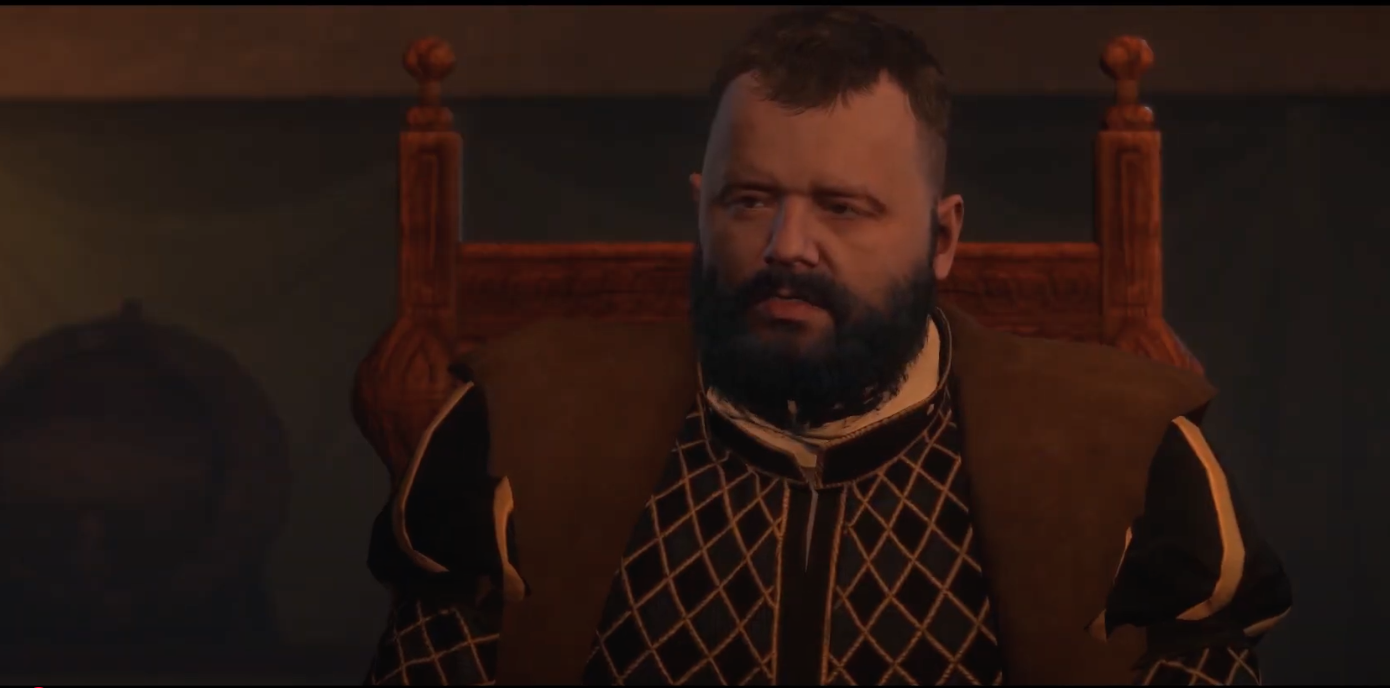
Hanuš of Lipá was a Bohemian noble and the third son of Henry III of Lipá. After the death of Jan Ješek Ptáček of Pirkštejn, he and his father, along with his brothers, took over the administration of Rataje nad Sázavou (Rattay), as the heir, Jan Ptáček of Pirkštejn (Hans Capon), was still a minor.
In 1403, Hanuš granted refuge in Rattay to Racek Kobyla of Dvorce (Radzig Kobyla) and other survivors of Sigismund of Hungary’s attack on Stříbrná Skalice (Skalitz). Due to financial difficulties, he launched raids on royal lands from Rattay, earning a reputation as a robber baron.
In 1412, he was ordered to hand over his holdings to the rightful heir, Jan Ptáček, but retained the village of Senohrady. By 1415, he was mentioned as the Supreme Marshal of the Kingdom of Bohemia and passed away later that year.
© Warhorse

Diviš of Talmberk was a Bohemian nobleman and lord of Talmberg who died in 1415. In 1390, his castle was besieged and taken by Havel Medek of Valdek, resulting in Divish's imprisonment.
After seven years in captivity, the provincial court ruled the seizure of the castle illegal, allowing Divish to regain his possessions (hopefully along with his honor – we all know what you did to his Stephanie, you scoundrels). He later served as Burgrave of Prague Castle. After his death, his son Oldřich succeeded him as the lord of Talmberg.© Warhorse
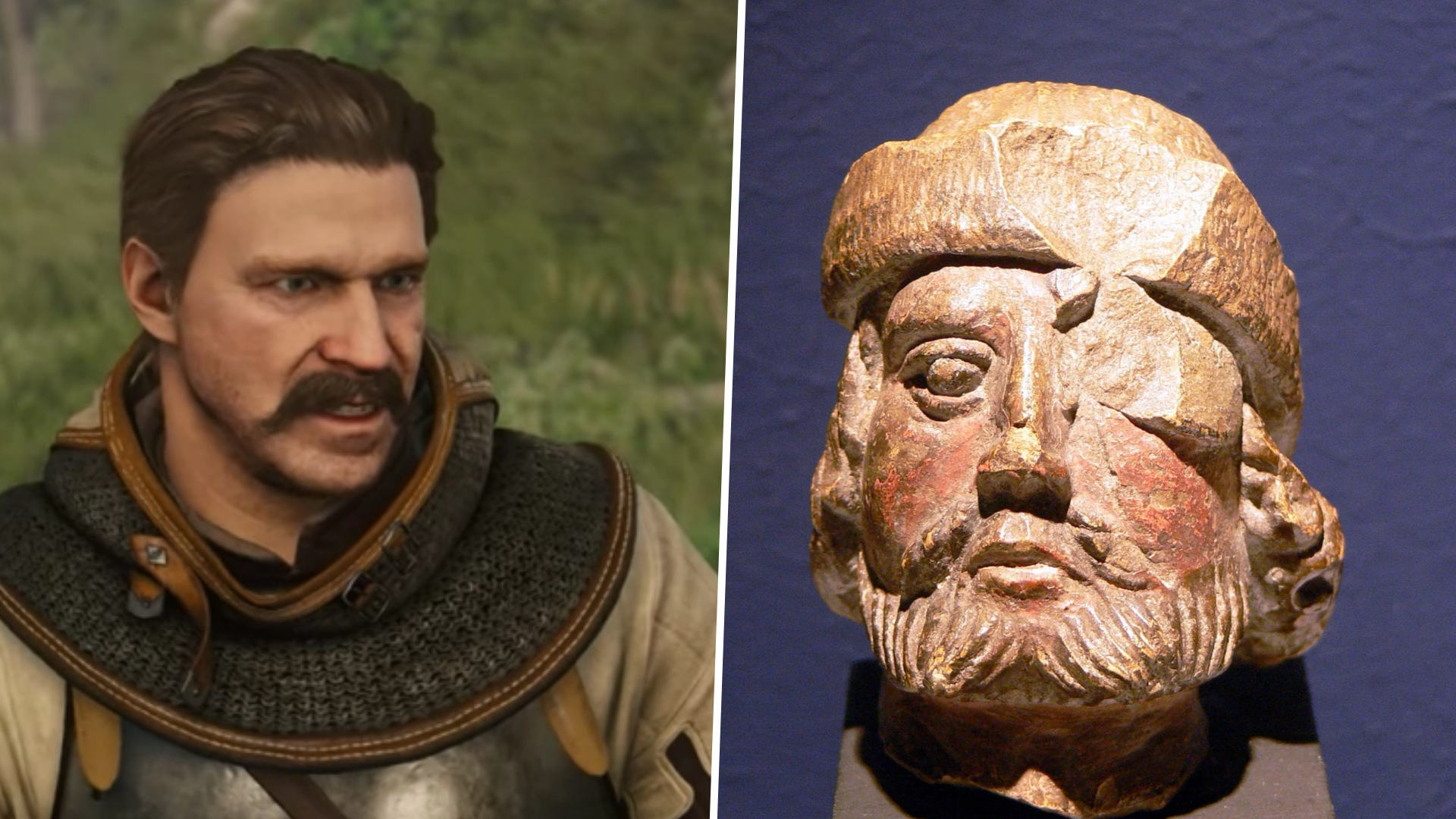
Jan Žižka of Trocnov (*c. 1360 in Trocnov, South Bohemia; † October 11, 1424 near Šenfeld) was a prominent Hussite military leader during the Hussite Wars. Born into an impoverished South Bohemian aristocratic family, he joined the Hussite movement after the execution of Jan Hus.
Known for his innovative military tactics, especially the use of war chariots, he led the Taborites, the radical wing of the Hussites, to several victories. Despite losing both of his eyes (oops, looks like Henry had a hand in that), he remained a successful commander and is still considered a Czech national hero.© Wikipedia/Warhorse
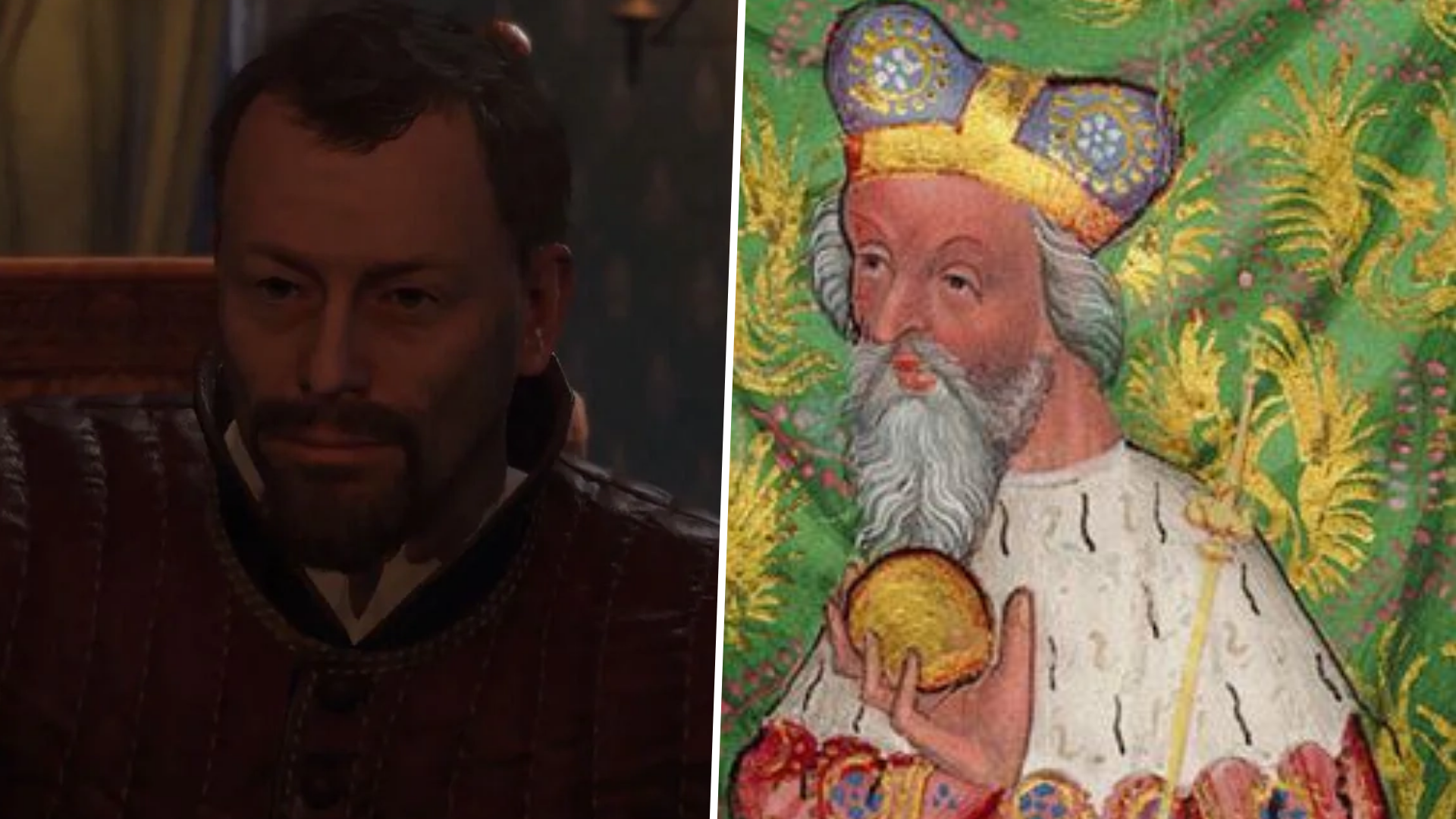
Jobst of Moravia (*1351; † January 18, 1411, in Brno) was a member of the House of Luxembourg and became the Margrave of Moravia in 1375. He was the son of John Henry, the younger brother of Emperor Charles IV. Through shrewd political maneuvering, he acquired the Duchy of Luxembourg in 1388 and was enfeoffed with the Margraviate of Brandenburg in 1397.
In 1410, Jobst was elected King of the Romans but was barely able to exercise his rule due to his early death in January 1411. His reign was marked by power struggles within the Luxembourg dynasty and shifting alliances.
© Wikipedia/Warhorse
The Kingdom Come: Deliverance games are known for their historical accuracy. But did you know that many of the characters in the game are based on real-life historical figures?
The Kingdom Come: Deliverance games are known for their historical accuracy. But did you know that many of the characters in the game are based on real-life historical figures?